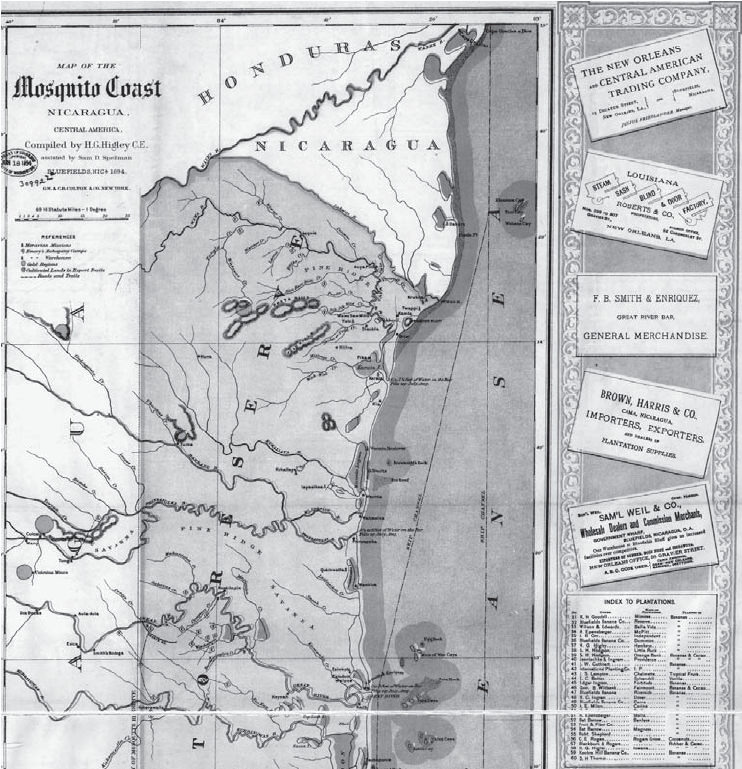ASSOCIATES
Gustavus Vassa was acquainted with a number of prominent individuals, and he probably knew others for whom there is no documentary evidence. He also referred to other individuals whom he knew, especially in London, about whom little if anything known beyond Vassa's reference. There were also several associations and affiliations that referred to groups, such as the Huntingdonians, the Black Poor, the Sons of Africa, and the London Corresponding Society. By highlighting the individuals Vassa knew or possibly knew, Vassa's world expands considerably, and the list increases exponentially with his book tours and the sale of subscriptions to his autobiography, ultimately generating hundreds of individuals who purchased at least one copy of his book. Vassa's associates are divided into seven categories: Family, Slavery, Abolition, Religion, Scientific, Military and Subscribers.
